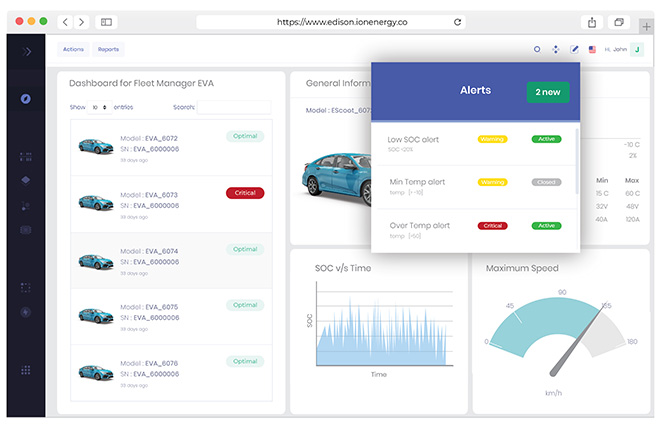


POWER UTILITY PACK FOR EXCEL HOW TO
Spreadsheet" shows you how to maximize your Excel experience using professional spreadsheet application development tips from his own personal bookshelf. Parsing custom JSON data in Excel can require some thinking.All the methods and tools you need to successfully program with Excel John Walkenbach''s name is synonymous with excellence in computer books that decipher complex technical topics. In Power Query lists are expanded to new rows in the table and records are expanded to new columns. One might start with an array and so return a list, but some might start with an object and return a record. Things get more complicated when you have JSON columns where the strings are different in each row. There are other ways you can connect to JSON data including connecting directly to a JSON file. So far, we have looked at getting JSON data into Power Query using an Excel table and directly from a URL. More complex JSON data extractions in Excel To load it back to excel, select File and Close & Load. You can now use this data for further analysis in Excel or Power Pivot. Once we expand this, we are at the end of the JSON data and have extracted the relevant columns. However, the field named what contains an array, which is again shown as a list (or array) which needs to be expanded When we select OK, we get a new column in our data table for each data field. From here we see we have the names of 3 data fields, Follower, Following and What We can expand this record, by pressing the arrow on the column. The record will contain the data.Īs we do not need the name of the array, we can use the filter to remove all the follow rows The json column now has a row for the name of the array, which is follow, and a record. What is returned is two lines for each tx-id. To do this click on the arrows on the top of the column and select Expand to New Rows.

Next, we need to expand this list to new rows. Power query will recognise the first [ and create a list format. To parse the json column, first select the column, then on the Transform Ribbon select Parse and select JSON On the canvas you can see your data and, on the right, you can see any transformation steps that have taken place. Select the cells the contain the data and tick the box to say that your table has headers. If your data is not in table format, Excel will then prompt you to create a table. For Example ]Ĭlick on any of the cells that contain the data and from the Data Ribbon select FROM Table/Range An object being a name/value pair separated by a comma. For Example “name” : ”paulag”, “Sex” : “Female”
POWER UTILITY PACK FOR EXCEL DOWNLOAD
This article contains data tables to download so you can practice along and master the art of parsing custom JSON data using Excel.


 0 kommentar(er)
0 kommentar(er)
